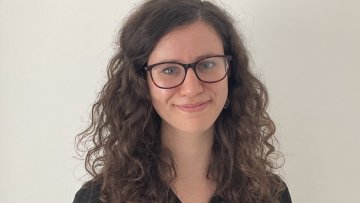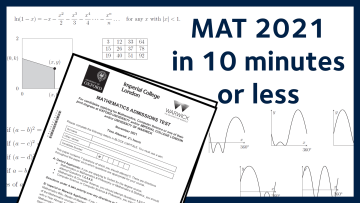14:15
Brane quantization of Toric Poisson varieties
Abstract
The homogeneous coordinate ring of a projective variety may be constructed by geometrically quantizing the multiples of a symplectic form, using the complex structure as a polarization. In this talk, I will explain how a holomorphic Poisson structure allows us to deform the complex polarization into a generalized complex structure, leading to a non-commutative deformation of the homogeneous coordinate ring. The main tool is a conjectural construction of a category of generalized complex branes, which makes use of the A-model of an associated symplectic groupoid. I will explain this in the example of toric Poisson varieties. This is joint work with Marco Gualtieri (arXiv:2108.01658).
Silicon is produced industrially in a submerged arc furnace (illustrated in Figure 1, left), with the heat required for the endothermic chemical reaction provided by an electric current. The high temperatures within the furnace (up to around 2000 K) prohibit observation of the internal conditions, so that mathematical modelling is a valuable tool to understand the furnace processes.
14:15
Drinfeld's conjecture and generalisations
Abstract
The so called Drinfeld conjecture states that the complement to very stable bundles has pure codimension one in the moduli space of vector bundles. In this talk I will explain a constructive proof in rank three, and discuss if/how it generalises to wobbly fixed points of the nilpotent cone as defined by Hausel and Hitchin. This is joint work with Pauly (Nice).
11:30
Some model theory of the curve graph
Abstract
The curve graph of a surface of finite type is a fundamental object in the study of its mapping class group both from the metric and the combinatorial point of view. I will discuss joint work with Valentina Disarlo and Thomas Koberda where we conduct a thorough study of curve graphs from the model theoretic point of view, with particular emphasis in the problem of interpretability between different curve graphs and other geometric complexes.
16:00
Holomorphic modular bootstrap revisited
It is also possible to join online via TEAMS.
Abstract
In this talk I will review the “holomorphic modular bootstrap,” i.e. the classification of rational conformal field theories via an analysis of the modular differential equations satisfied by their characters. By making use of the representation theory of PSL(2, Zn), we describe a method to classify allowed central charges and weights (c, hi) for theories with any number of characters d. This allows us to avoid various bottlenecks encountered previously in the literature, and leads to a classification of consistent characters up to d = 5 whose modular differential equations are uniquely fixed in terms of (c, hi). In the process, we identify the full set of constraints on the allowed values of the Wronskian index for fixed d ≤ 5.
14:15
D-critical locus structure for local toric Calabi-Yau 3-folds
Abstract
Donaldson-Thomas (DT) theory is an enumerative theory which produces a virtual count of stable coherent sheaves on a Calabi-Yau 3-fold. Motivic Donaldson-Thomas theory, originally introduced by Kontsevich-Soibelman, is a categorification of the DT theory. This categorification contains more refined information of the moduli space. In this talk, I will explain the role of d-critical locus structure in the definition of motivic DT invariant, following the definition by Bussi-Joyce-Meinhardt. I will also discuss results on this structure on the Hilbert schemes of zero dimensional subschemes on local toric Calabi-Yau threefolds. This is based on joint works with Sheldon Katz. The results have substantial overlap with recent work by Ricolfi-Savvas, but techniques used here are different.
09:00
Deletion and contraction for Hausel-Proudfoot spaces
Abstract
Dolbeault hypertoric manifolds are hyperkahler integrable systems generalizing the Ooguri-Vafa space. They approximate the Hitchin fibration near a totally degenerate nodal spectral curve. On the other hand, Betti hypertoric varieties are smooth affine varieties parametrizing microlocal sheaves on the same nodal spectral curve. I will review joint work with Zsuzsanna Dansco and Vivek Shende (arXiv:1910.00979) which constructs a diffeomorphism between the Dolbeault and Betti hypertorics, and proves that it intertwines the perverse and weight filtrations on their cohomologies. I will describe our main tool : deletion-contraction sequences arising from either smoothing a node of the spectral curve or separating its branches. I will also discuss some more recent developments and open questions.



